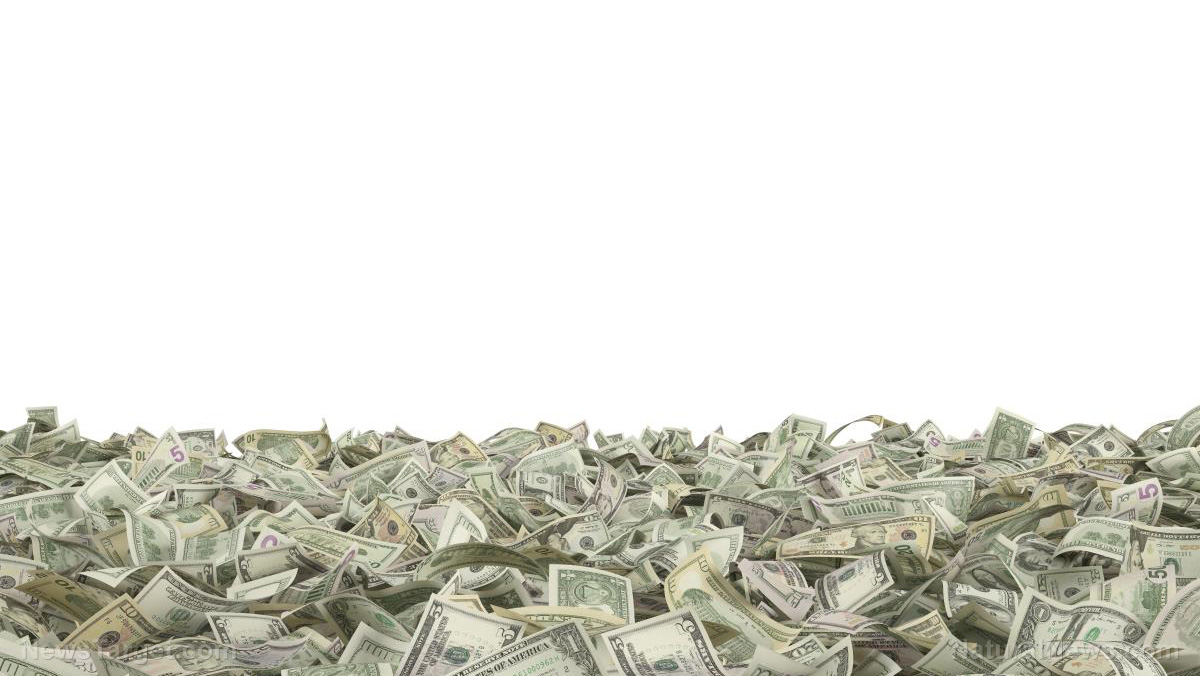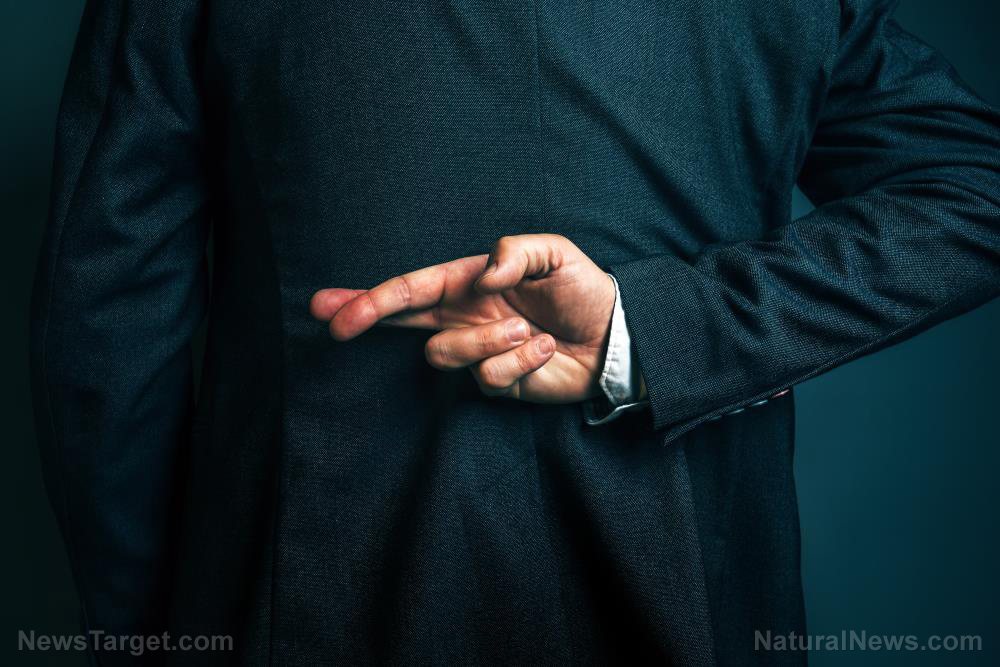One of the BIGGEST BANKS in the world is … STARBUCKS?
12/11/2024 / By S.D. Wells

Sure, everyone knows if they want some expensive coffee loaded with GMO sugar and conventional dairy products, just drive a mile or less around the corner and grab some Starbucks. What you didn’t know is that Starbucks has more liquid lute in their “bank” than almost any other actual big-name bank in the nation. How’s that, you ask?
Start with Starbucks having over 38,000 stores (that’s as many as McDonalds) in 86 countries and a net worth around $116 billion. The average Starbucks store makes over $500,000 per year. So how is that like a bank? Do you happen to have a Starbucks card with some money loaded on it? Have you ever given someone one as a gift? Maybe someone gave you a loaded Starbucks card as a gift and you never use it or aren’t even sure where it is. That money is in the Starbucks “bank” and they’re not paying any interest on it, it’s not a loan, and you’re not making anything off that money while it sits on the card. Get it?
Starbucks doesn’t just make a fortune selling overpriced coffee
How can a coffee shop manage over a billion dollars and face zero banking regulations all the while? Millions of businesses have Starbucks accounts (functions like a debit card) that are loaded with hundreds of dollars (if not more) for the interns, grunts and gophers at the office to make a run to the nearby coffee shop and get junk-science drinks for all the employees attending the company meeting or training. This can easily cost $50 to $100 per run, so the company keeps the card loaded with a high balance. This is the secret to the Starbucks big-bank-like wealth.
Sure, if you buy lots of Starbucks junk drinks all the time, it works out as a benefit to you financially because you get some bonus drinks or snack junk, but it surely isn’t a health benefit, but more like a health detriment. Meanwhile, Starbucks is making a fortune off the money that just sits on the card, without paying you or a bank any interest. Starbucks can literally go invest that money or buy more real estate for more stores, and that’s why they are one of the only stores you can usually see the next one from the window inside the store in which you’re standing.
Plus, any money you put on a Starbucks card or app you cannot retrieve as cash, but rather all you can do is buy more Starbucks junk science drinks, baked goods, processed sandwiches, or severely overpriced mugs and other paraphernalia.
Starbucks prepping to use Amazon’s palm payment system Amazon One
Never submit to the palm payment system. It’s just one step away from paying for your food, drinks, and merchandise with facial recognition or a chip in your hand. Starbucks has already launched a trial run of Amazon’s palm payment system, like in Whole Foods, in Seattle. They’re testing it on naïve seniors first, to see if they will succumb like bio-tracked guinea pigs to the concept of contactless biometrics payments.
If palm payments freak you out, then you are smart and normal, with common sense and the where-with-all to protect your own privacy. It’s like the Covid masks, first they tell you to “just try it out,” and then shortly after that it becomes your only choice through mandates, laws, or force-fed technology choices.
Tune your food news frequency to FoodSupply.news and get updates on more toxic foods and beverages sold to Americans to fuel the sick care complex, while the biggest corporations bankroll off it all.
Sources for this article include:
Submit a correction >>
Tagged Under:
bad sugar, banks, bubble, business, corporations, economic riot, finance riot, GMO sugar, junk drinks, money supply, privacy watch, risk, Starbucks, starbucks card, starbucks credit, starbucks drinks, starbucks sugar, sugar, suppressed, toxic ingredient
This article may contain statements that reflect the opinion of the author
RECENT NEWS & ARTICLES
COPYRIGHT © 2022 FinanceRiot.com
All content posted on this site is protected under Free Speech. FinanceRiot.com is not responsible for content written by contributing authors. The information on this site is provided for educational and entertainment purposes only. It is not intended as a substitute for professional advice of any kind. FinanceRiot.com assumes no responsibility for the use or misuse of this material. All trademarks, registered trademarks and service marks mentioned on this site are the property of their respective owners.




















